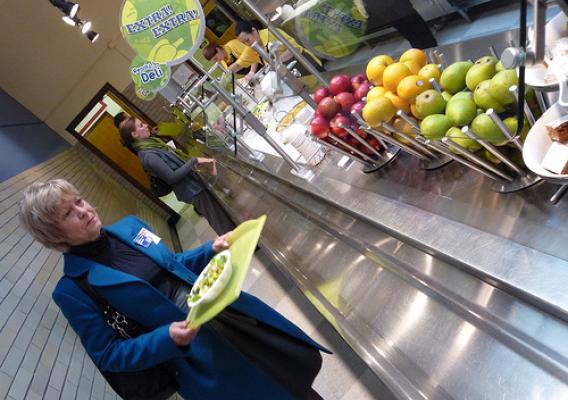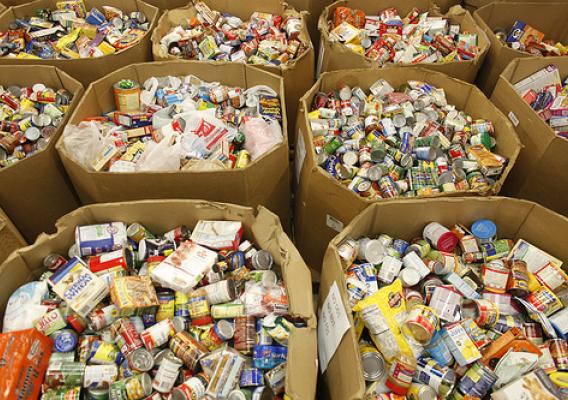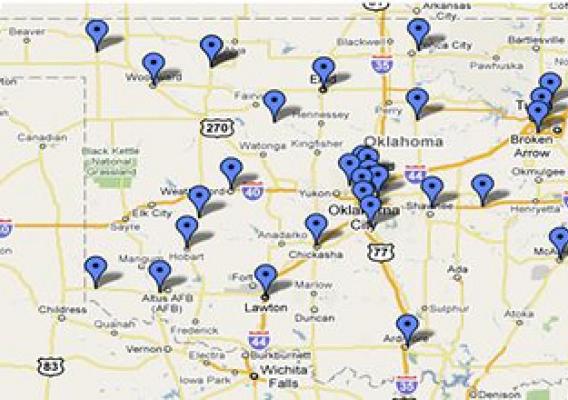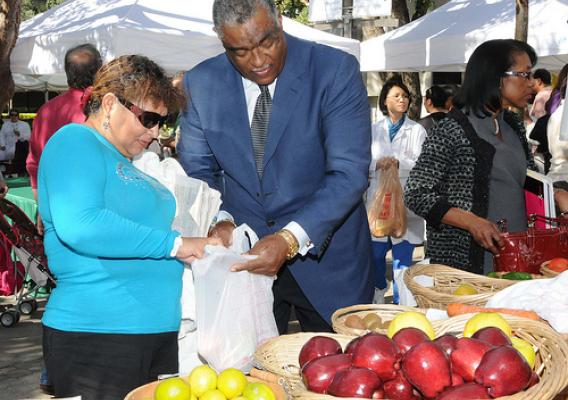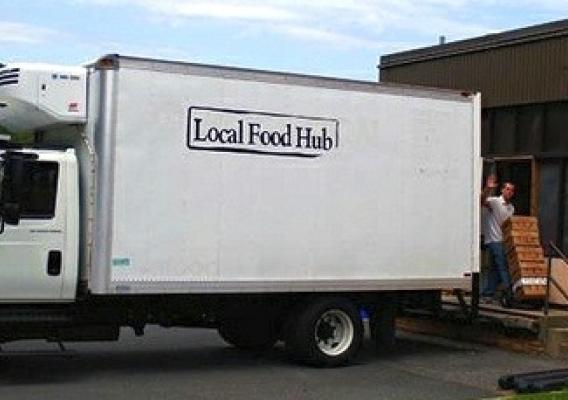Since 1915, the Market Reporters of USDA have tracked and reported the markets for agricultural products on a daily basis, both domestically and internationally. With hundreds of daily reports, Market News provides timely, reliable and unbiased information that helps facilitate the efficient marketing of agricultural commodities and helps to “level the playing field” by ensuring that all market participants have access to the same information at the same time. The motto of Market News is: “Get it, Get it Right, Get it Out.”
USDA reports markets for fruits and vegetables, livestock and grain, poultry and egg products, dairy, and cotton and tobacco. Reports cover sales at various levels in the marketplace, movement or shipments of product, and other key market factors such as demand and other impacts on the market at that moment in time. Market reports issued by USDA are frequently relied upon for value determination in a wide range of applications. These include price setting at the farm or nearby locations, dispute resolution, insurance settlements, loan appraisal, and as the basis in many contracts.



